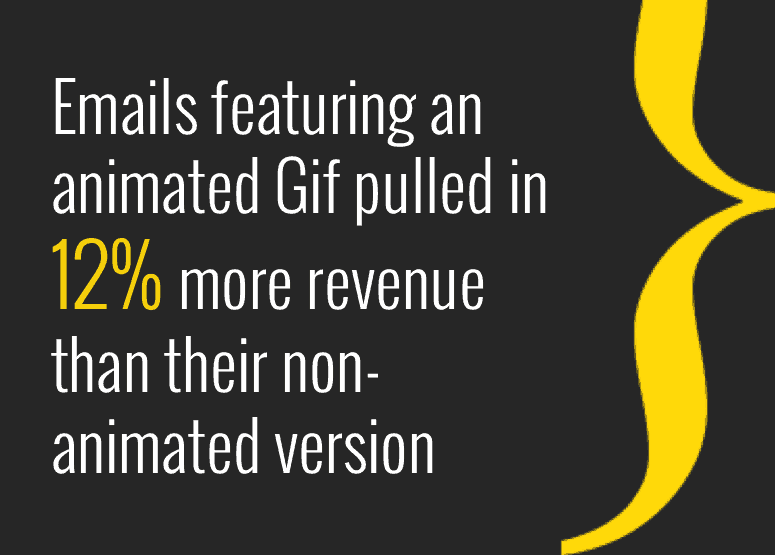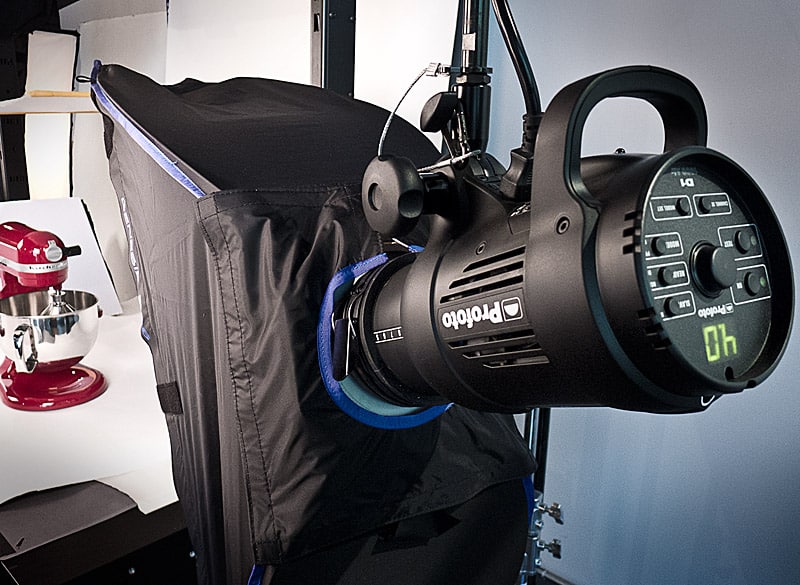If you’ve ever questioned the difference between 3D and 360-degree photography, you’re not alone. Even here at 1WorldSync, we’re guilty of using the terms interchangeably, despite the fact that they are technically different spin photography solutions that we offer.
Nevertheless, understanding the differences between 3D and 360-degree photography is critical when looking at what product details and information you want to share, while also considering your budget and timeline. To help you get the best bang for your buck, we’ve outlined the key differences between 3D photography and 360-degree photography, and what you should be using for your products.
What is Spin Photography?
Both 3D and 360-degree photography fall under the umbrella term known as ‘spin photography.’ Spin photography is a photographic technique by which a series of photos give the impression of an object rotating. It consists of a series of still images, typically 24 to 72, which we call a spinset. The spinset is then stitched together to rotate around the entire image. Simply put — as the name states — the image “spins.”
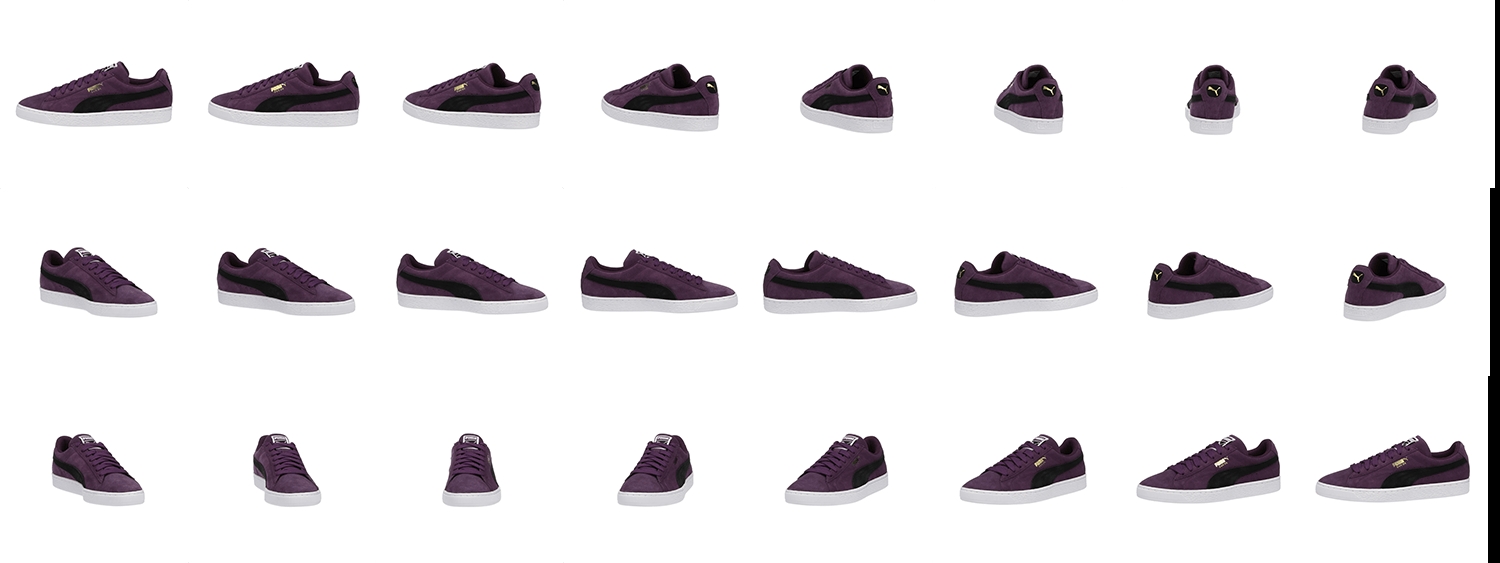
What is 360-Degree Spin Photography?
360-degree spin photography is when a product is photographed 360 degrees on a single plane (one row). In other words, once a product is placed on a turntable, it automatically rotates one time around while the camera snaps 24 or 36 images at 15-degree increments.
On a webpage, these spins can only be moved left and right. One row of photos — the 24 to 36 images — is often sufficient to give a lifelike impression of the object, specifically for products that don’t have any information on the top. This is often the best choice if nothing is gained from a higher perspective, as 360-degree spin photography gives a comprehensive view of a product.
Products that work best with 360-degree spin photography are CPG products like this can of soup; the spin showcases important, relevant product information — nutrition facts and ingredients — that is conveniently accessible for the consumer.
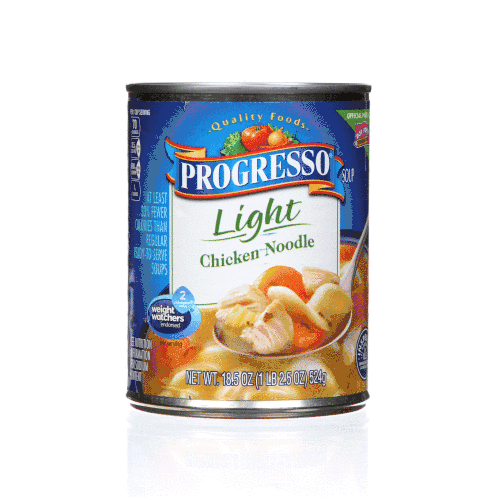
What is 3D Spin Photography?
3D spin photography is when a product is photographed 360 degrees on multiple planes (2 or 3 rows). 3D spin photography means the camera moves up and over a product and captures a comprehensive 360 view around a product. On a webpage, these spins can be moved left and right as well as up and down. This is helpful for most products, specifically if an object has information or visual interest on the sides and the top. We often recommend using 3D photography to give your customers the most lifelike impression of the product — as if they are holding it in the store.
For the automotive aftermarket industry, the clean and simplistic functionality of 3D photography emphasizes product details and enables consumers to clearly see the product information. This will ensure the buyer purchases the right part, the first time, every time.

What is an Animated 3D Spin?
Animation is used to show how customers interact with a product with multiple pieces, as if they were touching or moving it in person. It is created by using a product’s different features during the photography process, such as opening a drawer or adding an accessory, partially through a row of images or on a separate row entirely. Animation isn’t just limited to one movement either. Products can open, close, expand, condense, or configure and dismantle. There are infinite ways to use animation to highlight the details and features that complete a product’s story.
We’ve had countless products come through the 1WorldSync studio doors perfect for 3D animated spin. Here is one of our favorites:
A cool feature of the animated 3D spin is the ability to see the details on all of the different components inside of a product. This animated 3D spin of a bicycle enables buyers to see all of how you can carry, transport and use the bike. For online shoppers, seeing this level of product detail generates more trust and purchase confidence.
How Many Photos Per Row?
The number of photos in a given spinset will greatly impact the user experience. Less images per row, like 8 – 18, will cost less and have a faster download time on your website but will result in a jerky and uneven spin, giving your customers an unsatisfying experience. More images per row, like 48 -72, will provide a smooth and clear rotation of your product, but could greatly impact load times on your website, frustrating your customers as they wait for images to download. We recommend 24-36 images per row for smooth, seamless rotation and acceptable download speed.
This spin has 24 images per row – creating a smooth and seamless experience.
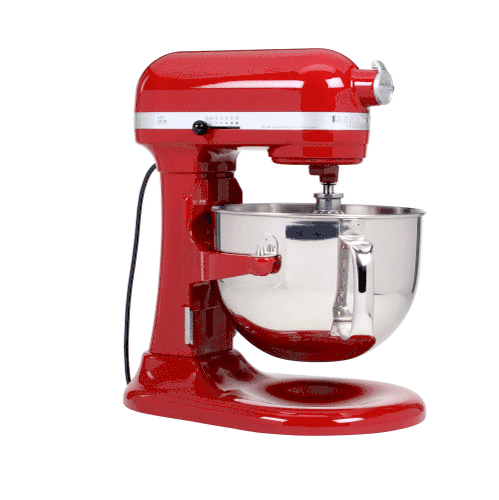
This spin has 8 images per row – creating a rough and choppy experience.
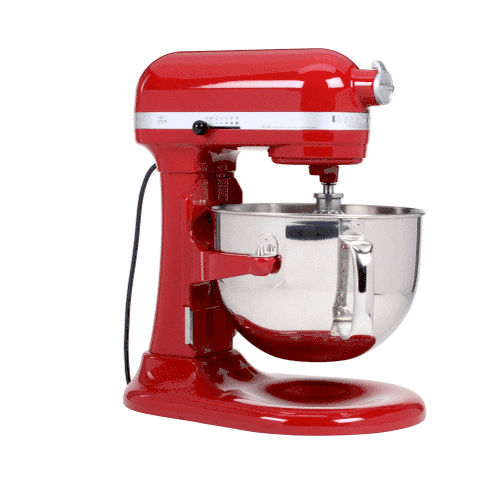
How Does Spin Photography Work with CGI Models?
CGI models are becoming more popular for brands and retailers to showcase their products. CGI 3D models provide a full, 3-dimensional view with scale and can be created virtually without the product on-site. This also allows the 3D object to be placed in an augmented reality or virtual reality (AR/VR) environment, thus giving the customer a more robust, interactive experience. However, creating these models from scratch requires skilled artists and several hours. Because this solution is costly, time-consuming, and involves outside technologies, it’s often difficult to scale for large SKUs.
At 1WorldSync, we are investigating the use of photogrammetry to assist in 3D CGI model creation. The high-resolution spin images we create could potentially cut off 80% of the time in creating these models while also producing a more accurate, realistic representation of the object.

How To Get Started
Whichever solution makes the most sense for your products, 360-degree and 3D product imagery is the most efficient and elegant way to capture product images. Interactive spin photography drives conversions, increases top-line sales, and decreases product returns, consistently performing better than static images and videos. Our team is always available to answer your questions and help you decide which solution is right for you.



